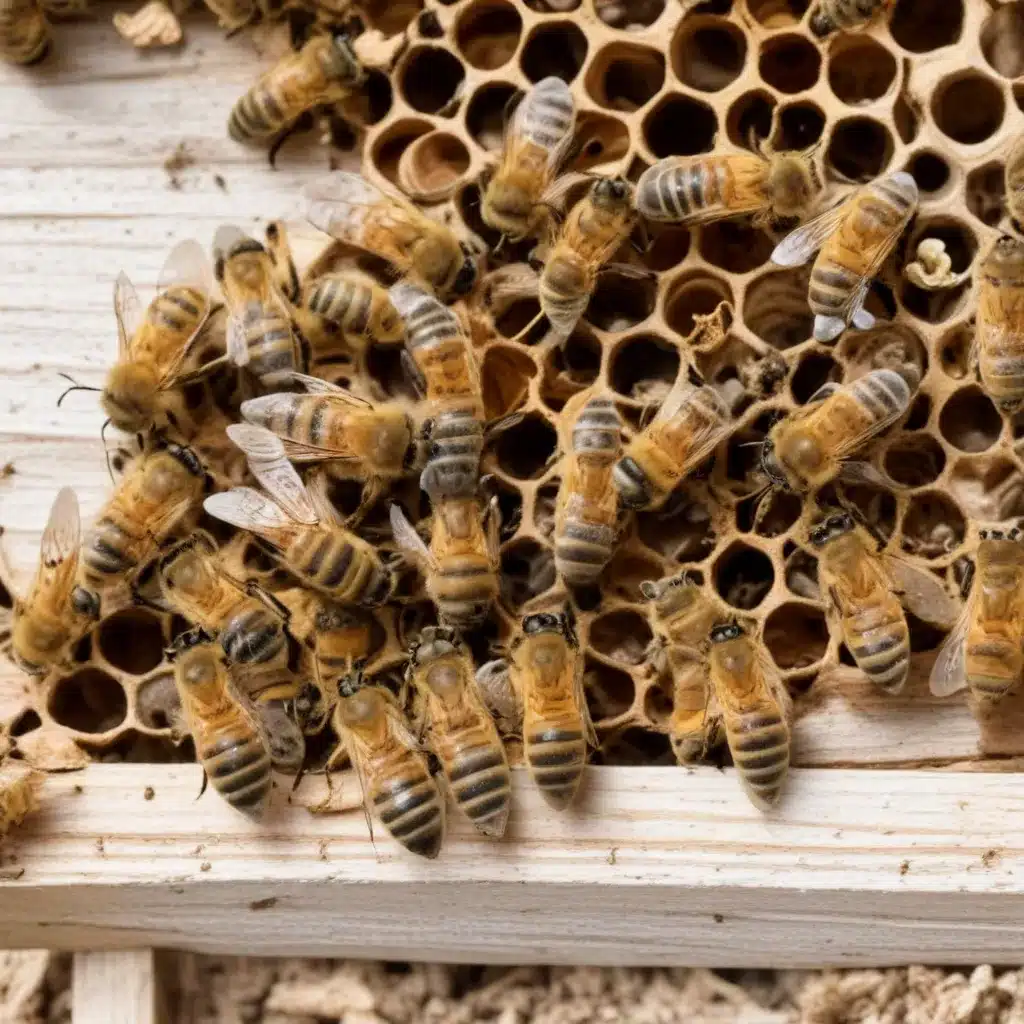
In the beautiful gardens of Crooked Pines Farm, pollinators are the true unsung heroes. Without their tireless work, our lush greenery and abundant harvests would not be possible. As a farm educator, I’m thrilled to invite you into the fascinating world of backyard beekeeping and share insights on how you can create a pollinator-friendly oasis in your own outdoor space.
The Importance of Pollinators
Pollinators, such as bees, butterflies, moths, and hummingbirds, perform the critical act of pollination. As these incredible creatures move from flower to flower, they transfer pollen, enabling plants to produce fruits and seeds. In fact, pollinators are responsible for the reproduction of approximately 75% of flowering plants and crops. From the vibrant zinnias in our cutting garden to the juicy strawberries in our raised beds, we owe a debt of gratitude to our pollinator friends.
Unfortunately, many pollinator populations are in decline due to factors like habitat loss, pesticide use, and climate change. By establishing a backyard bee habitat, you can make a meaningful difference in supporting these essential creatures. Providing nectar-rich plants, clean water sources, and safe shelters can help sustain diverse pollinator communities and ensure the continued health of your garden and the broader ecosystem.
Bee Biology and Behavior
The honey bee is perhaps the most well-known pollinator, but did you know there are over 20,000 species of bees worldwide? These fascinating insects come in a variety of sizes, colors, and behaviors.
Honey bees live in complex social colonies, with a queen bee, worker bees, and drone bees. The queen is responsible for laying eggs, while the workers gather nectar, pollen, and water, and maintain the hive. Drones, the male bees, exist primarily to mate with the queen.
Bees use an intricate waggle dance to communicate the location of rich nectar sources to their hivemates. They also have remarkable sensory abilities, using their keen sense of smell and specialized compound eyes to navigate and identify the most rewarding flowers.
Backyard Bee Habitat
Creating a pollinator-friendly garden is a wonderful way to support bees and other pollinators in your own backyard. Start by selecting a diverse array of native, nectar-rich plants that bloom throughout the growing season. This ensures a consistent food source for your buzzing visitors.
In addition to plants, provide a clean water source, such as a shallow bird bath or small pond. Bees need water to regulate the temperature in their hive and to dilute the honey they produce. You can also include some shelters, like a pile of logs or an insect hotel, to offer safe havens for solitary bees and other beneficial insects.
Lastly, avoid using pesticides in your garden. These chemicals can be highly toxic to pollinators. Instead, embrace integrated pest management strategies, such as hand-picking pests, using organic repellents, and encouraging predatory insects that feed on garden pests.
Beginner Beekeeping Equipment
If you’re interested in taking your pollinator advocacy a step further, consider setting up a backyard apiary to host your own honey bee colony. The essential equipment includes a beehive (either a Langstroth, Top Bar, or Warre hive), a smoker to calm the bees, a hive tool for prying apart the frames, and protective gear like a veil and gloves.
When sourcing your bees, you can either purchase a package of bees and a queen or acquire an established nucleus colony (or “nuc”). Whichever route you choose, be sure to follow best practices for introducing the bees to their new hive and providing them with the necessary feed and supplements during their first year.
Seasonal Beekeeping Tasks
Maintaining a backyard beehive requires attention throughout the year. In the spring, you’ll need to monitor the colony’s population, inspect the frames for signs of disease, and potentially add supers (additional boxes) to accommodate the bees’ honey production.
During the summer, you can look forward to your first honey harvest. Carefully remove the honey-filled frames, extract the liquid gold, and enjoy the sweet rewards of your efforts. Don’t forget to leave enough honey for the bees to sustain themselves through the winter.
As autumn approaches, prepare your hive for the cold months ahead. This may involve reducing the hive entrance, insulating the exterior, and ensuring the bees have adequate food stores to survive.
Honey and Hive Products
In addition to the pure, raw honey your backyard bees will produce, the hive itself is a treasure trove of valuable byproducts. Beeswax can be used to make candles, balms, and other crafts, while propolis, a resinous substance collected by the bees, has been used for its antimicrobial and therapeutic properties.
Explore the myriad culinary and medicinal uses for your homegrown honey. Drizzle it over yogurt, sweeten your tea, or incorporate it into baked goods. You can even use it to make mead, a traditional honey-based alcoholic beverage.
Challenges and Troubleshooting
Like any endeavor, backyard beekeeping comes with its fair share of challenges. Varroa mites, a parasitic pest, can weaken and even collapse a hive if left unmanaged. Vigilant monitoring and integrated pest management techniques are crucial to maintain the health of your colony.
Other common issues include swarming (when a portion of the colony leaves to establish a new hive), queen issues, and problems related to overwintering. Stay informed, connect with local beekeeping associations, and be prepared to adapt your practices as needed.
Considering the legal and regulatory landscape is also important. Many municipalities have guidelines or restrictions around keeping bees, so be sure to research the requirements in your area before getting started.
By embracing the role of backyard beekeeper, you can make a tangible difference in the lives of pollinators and ensure the continued vitality of your garden and the broader ecosystem. Whether you choose to observe the fascinating antics of bees from afar or dive into the hands-on experience of beekeeping, your efforts will be a true gift to the natural world. So, let’s get buzzing and create a pollinator-friendly oasis right in your own backyard!


